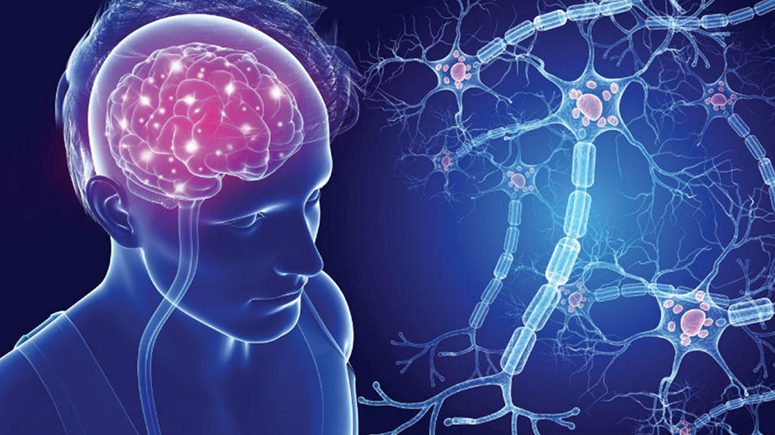Primary progressive multiple sclerosis (PPMS) is associated with symptoms that worsen over time. The disease can be “active” if there are new symptoms or changes on an MRI scan, or “not active.”
The most common primary progressive MS symptoms lead to troubled mobility, and they can include:
- changes in gait;
- stiff arms and legs;
- heavy legs;
- inability to walk for long distances.
Progressive-relapsing multiple sclerosis (PRMS) is quite rare and relates to PPMS with active disease. Progressive multiple sclerosis can begin from onset (primary progressive) or after a relapsing–remitting course (secondary progressive), it is usually a decrease of neurological abilities. The worsening is gradual, and it originates from complex immune mechanisms and neurodegeneration, unlike the active inflammation during the relapsing-remitting phases of the disease.
What is PPMS relapse?
At the onset of MS, some patients experience fluctuations in primary progressive MS symptoms, including no signs of MS for days or longer. However, during dormant periods, MS relapse, exacerbation, or attack can appear. A relapse is either a new symptom, recurrence of an old symptom, or worsening of an old symptom that lasts more than 24 hours. Patients with PPMS feel a gradual procession of symptoms, which can get better but never go away completely. So, a patient with PPMS has typically more symptoms than a person with RRMS.
Active PPMS results in spontaneous relapses with and without treatment.
There are no ways to predict the exact rate of PPMS progression. In some cases, the progression is slow and prolonged for years, while in worse cases it is a rapid progression.
Click here to read more about treatment of the nervous system.
















Leave a Reply
You must be logged in to post a comment.